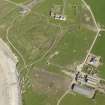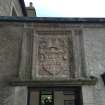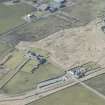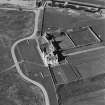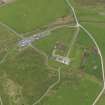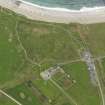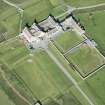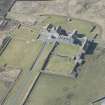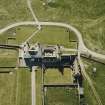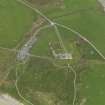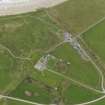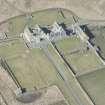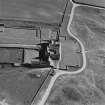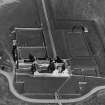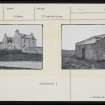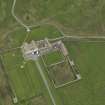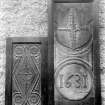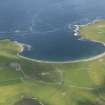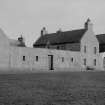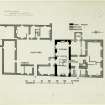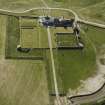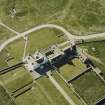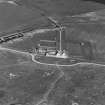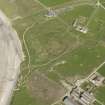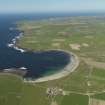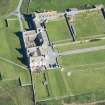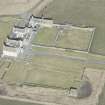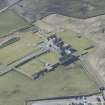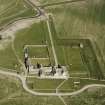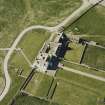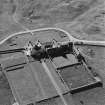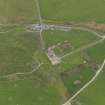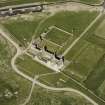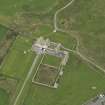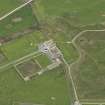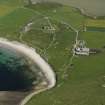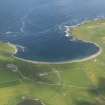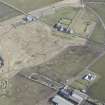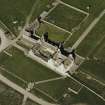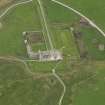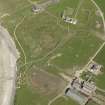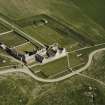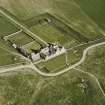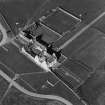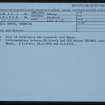Following the launch of trove.scot in February 2025 we are now planning the retiral of some of our webservices. Canmore will be switched off on 24th June 2025. Information about the closure can be found on the HES website: Retiral of HES web services | Historic Environment Scotland
Skaill House
House (17th Century)
Site Name Skaill House
Classification House (17th Century)
Canmore ID 1669
Site Number HY21NW 17
NGR HY 23419 18614
Datum OSGB36 - NGR
Permalink http://canmore.org.uk/site/1669
- Council Orkney Islands
- Parish Sandwick
- Former Region Orkney Islands Area
- Former District Orkney
- Former County Orkney
HY21NW 17.00 23419 18614
HY21NW 17.01 23485 18550 Dovecot
(HY 2342 1860) Skaill (NAT)
OS 6" map, Orkney, 2nd ed., (1903).
Skaill House: The oldest part of the present house of Skaill probably dates from the late 17th century, the remainder being 18th- 19th century and modern. It probably stands on the site of the house of Bishop George Graham (1615-38).
The rectangular dovecot which stands beside the house is probably no earlier than the second half of the 18th century.
RCAHMS 1946.
Skaill, still occupied, is as described by the Commission. The dovecot, at HY 2348 1854, is still in use and is in excellent condition.
Visited by OS (NKB) 25 May 1967.
Publication Account (1996)
As it stands tod ay, Skaill House is rather closer to the sea than it was two hundred years ago: a map drawn in 1772 shows the house exactly half-way between the Bay of Skaill and the freshwater loch of Skaill, quite close to the burn running from the loch into the sea. The size and shape of the bay has changed over the centuries, amongst other things leading to the discovery of the prehistoric settlement of Skara Brae (no. 61), and it was clearly proximity to a source of freshwater that determined the location of the house. The same map shows the house as a single block with outbuildings, and the oldest part of the house surviving today is indeed a rectangular block, with the original entrance facing south wards and inland rather than towards the sea, and this, the old Hall of Skaill, is likely to date from the early 17th century when the estate belonged to Bishop George Graham.
Since then there have been considerable additions and alterations: the old Hall and its outbuildings linked by a screen-wall to create a typical courtyard complex as at Langskaill on Gairsay (no. 18), and then another block parallel to the Hall and linked by a short central block to form an H-shaped mansion on the south side of the courtyard . The gable-ends of the two wings of the mansions were later linked by short screen-walls, so that the west side of the entire complex is now one long facade consisting of three gable-walls and two screenwalls with gateways. Various pieces of stonecarving have been re- used over the two gateways and on the modern porch on the east side of the house, including an armorial panel from Bishop Graham's ruined Breck ness House near Stromness, an early 17th-century house owned then by the same Graham family that owned Skaill. There is also a rectangular 18th-century dovecote at one corner of the extensive gardens. The ruins of a water-driven meal mill built for the estate in the 18th century stood on the shore of Skaill Bay until the 1980s, when coastal erosion finally completed its demolition.
Information from ‘Exploring Scotland’s Heritage: Orkney’, (1996).


























































